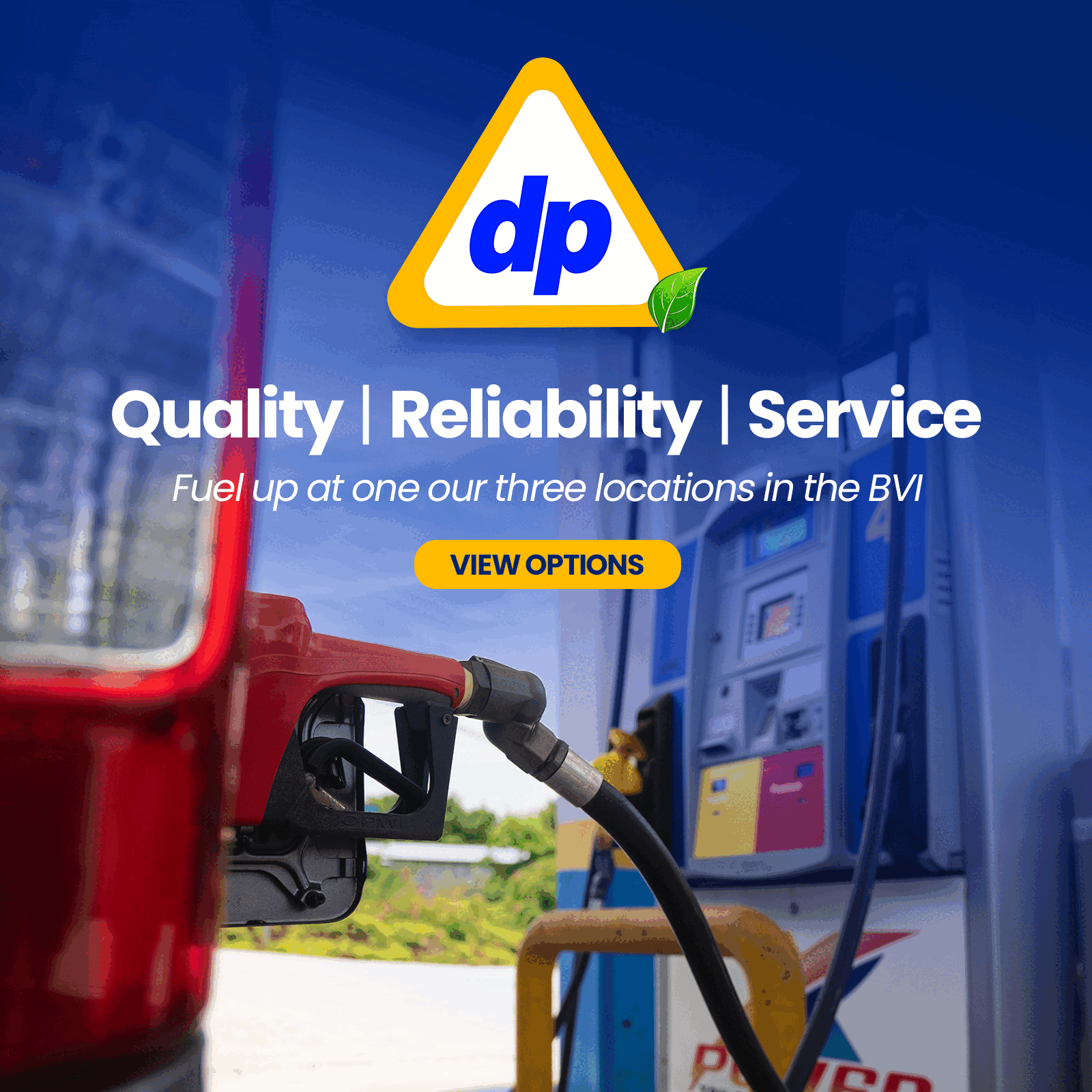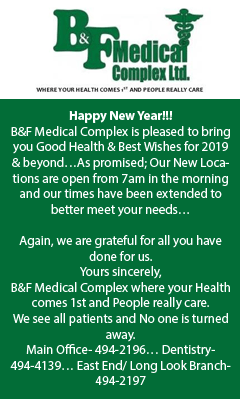Economic recovery: The austere way
The floods and hurricanes of September 2017 were the worst disaster to visit the Virgin Islands since the 1800s. The month of September 2017 was a crossroad for the Virgin Islands. The disasters of the month were an inflection point: a time of great change.
The country and its residents together must decide the way ahead. There is embedded in the tragedy of September 2017 an opportunity for the country to forge a better way ahead.
However, the country is under the threat of a long economic recession if wise decisions are not swiftly made. The Virgin Islands is in the early stages of a recession and this is evidenced by businesses sending home hundreds of workers, especially in the tourism and hospitality industry: a pillar of the VI economy.
Economic contraction mothballs. As businesses lay off workers, consumer and business confidence, “takes a hit.” This results in further economic contraction. Contraction leads to contraction. There is a race to the bottom.
A long recession must be avoided at all cost. A long recession could become a depression. A depression is a decade or more of a contracting economy: years of zero to negative growth. A depression means social and economic hardship for years to come for the Virgin Islands. This is undesirable. Depression is an evil that must be averted at all costs.
It is becoming clear that some type of Marshall Plan: a 3-5 billion dollar economic stimulus package, alone, will prevent economic implosion. A Marshall Plan is where a consortium of financiers with the cash, and a second consortium of developers and construction businesses, meet across the table, and decide the way ahead, based on a 20-30 year development plan for the territory.
And, even though disaster recovery is well underway, the country has just scratched the surface of what is required to get back to normality.
It will take two years of effort to thoroughly clean up the country. Then, the Virgin Islands has been set back ten years in terms of its physical development.
Now, an appropriate and thoughtful macroeconomic policy linked to a long term development plan will deliver prosperity to the Virgin Islands in due course. A great vision of the future will ensure great outcomes for the country, Post September 2017.
In the absence of economic stimulus, there is validity in using aspects of Austerity- the economics of trickledown and minimal government- to drive economic growth, after an economy falls over the precipice into recession.
This writer of economics stories does not buy into the proposition that austerity is anathema to stimulus. Both economic ideas can work together in spite of possessing opposing ideological polarities.
Stimulus views government intervention in the economy as the key instrument for economic recovery.
Conversely, Austerity is non interventionist. Government plays a minimal part under the Austerity Model. Under Austerity, government’s role is to ensure an environment that allows businesses to grow and thrive. Deregulation, cheap borrowing, and tax breaks and concessions, are three key tools of the austere economic model.
The strength of the austerity model of economic recovery rests in the belief that strong and expanding businesses are major employers of labour. There is also the understanding under the austerity or free trade type, that successful and innovative businesses are the platform for strong and enduring markets.
Then there is the multiplier effect. When an individual is employed, he is able to pay his rent or mortgage, maintain his car, pay utility bills, buy groceries, and pay his health insurance, travel on vacation, and so on, and so forth. The cash the employee earns, and the profit that the businessman generates, lubricates the wider economy. As employment increases, so does consumer demand, and business confidence.
It is this cash, and its wider circulation, and how it is managed by the markets that drives economic growth, and delivers full recovery, post a recession, under the austere model.
To be continued…
Connect with Dickson Igwe on Twitter and Facebook












.png)



1.jpg)
.png)















7 Responses to “Economic recovery: The austere way”
Let’s lead as eagles and not led off the cliff as buffaloes.
To attract external investment (and it can only be external in this case) there needs to be an environment which is attractive to long term investment. On the business side that means taking another look at the processes and rules (formal and in practice) which allow non belonged to invest and do business here. I’m the individual side that means allowing those who are willing to invest for the long term to have some meaningful path to rights. Not necessarily citizenship but certainly residency and work permit exemption. And scrapping the unequal treatment of home ownership. If you have status to people who are here for 7-10 years (particularly if they buy a house or start a business etc) those people would put much more back into the economy.